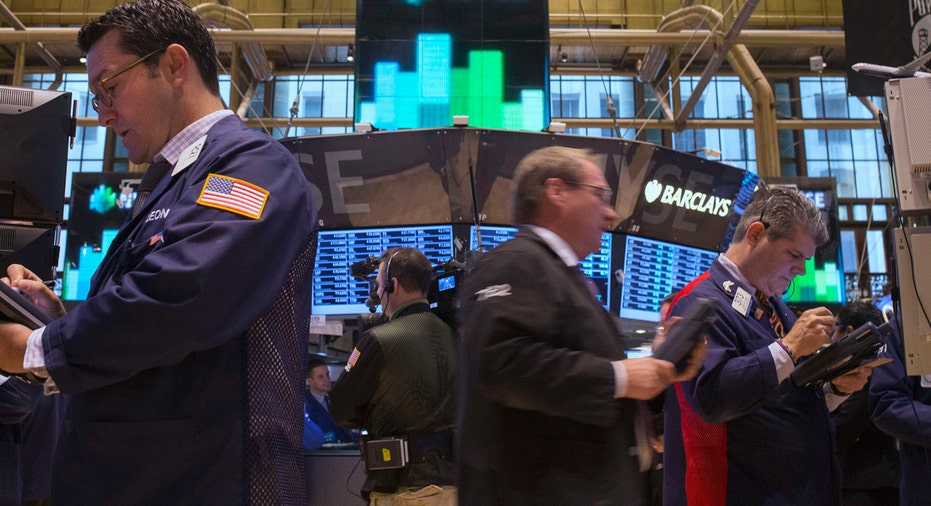Highest Dividend Stocks - Current Offerings, and Why You May Want to Avoid Them

High-dividend stocks sound like an obvious winner. You get a large dividend payment on a periodic basis that you can choose to take straightaway or roll over into further stock purchases in the company. What's not to like?
Stocks that pay the highest dividends are not necessarily the best choice. There is more to the story than just a simple percentage or dividend yield. Let's drop back and take a more fundamental look at dividends in general.
When companies turn a profit, they can do three things with their earnings: reinvest them in the business, buy back stock to improve their earnings per share of stock, or distribute money to shareholders as dividends. Not all companies pay dividends even if they earn a profit, and not all companies that pay dividends pay them regularly — companies must choose to pay them.
Typical dividends are in the 2%-3% range, but some companies pay double-digit dividends. For examples, the current NASDAQ high-dividend list can be found here and many other third-party NASDAQ and NYSE compilations can be found with a simple Google search.
Some large companies such as Coca-Cola (NYSE:KO) and Exxon Mobil (NYSE:XOM) pay dividends regularly and have for years — in those two cases dating back to the 1800s. Their last dividend yields are listed at 3.2% and 3.5% respectively, meaning that the annual dividends per share are 3.2% and 3.5% of the respective share prices.
However, companies that are at the top of the dividend yield rankings are almost certainly not going to be able to sustain those dividends over time. If a company is making enough income to afford regular 10% dividends, constantly paying out 10% of the share price, are they investing enough money back into the business to maintain their growth rate? Few companies enjoy that sort of profit margin and when they do, they don’t usually enjoy it for long.
Drops in the share price can also make a yield seem more enticing than it actually is. For example, Chevron (NYSE:CVX) has raised dividends annually for over twenty-five years, but it may not be able to do so this year because of the effect of plummeting and stubbornly low oil prices. The dividend yield appears even higher than usual, because of the drop in share price. You may still want to buy assuming energy stocks will rebound, as will the actual dividend (not the yield) — but at least be aware of the difference.
A smaller dividend can appear as a larger dividend yield given a sinking stock price. Check the fundamentals of any high-dividend stock before investing, starting with the price to earnings (P/E) ratio. If the stock price is trading far more than earnings would support, look for a valid reason for that optimism — otherwise the actual earnings will not support the price, and the final dividend payout can be far less than expected. A company with a yield that appears to be a better investment than it really is due to accounting time lags and future economic factors is known as a "dividend trap."
Look for other leading indicators that will have an effect on future pricing and earnings, such as a significant debt load through expansions or acquisitions, market share, predictions for the products, and the cash flow situation. With all of those factors, are dividends likely to meet the yield?
In the end, you must ask yourself: What type of dividend investor do you want to be?
If you look at dividends as a steady income component, you want companies that pay steady predictable dividends and are looking for the best combination of regular dividend payouts and a steady share price. Less risk equals stable income, but lower potential reward.
If you want to push that envelope toward higher potential returns, there is nothing wrong with that at all. Just make sure that you do your homework on the reason for the large dividend and how likely it is to be sustained. The higher the dividend yield, the higher level of scrutiny it should receive.
More from MoneyTips.com:Catching a Falling KnifeDividends 101How Many Stocks Are in the S&P 500?



















